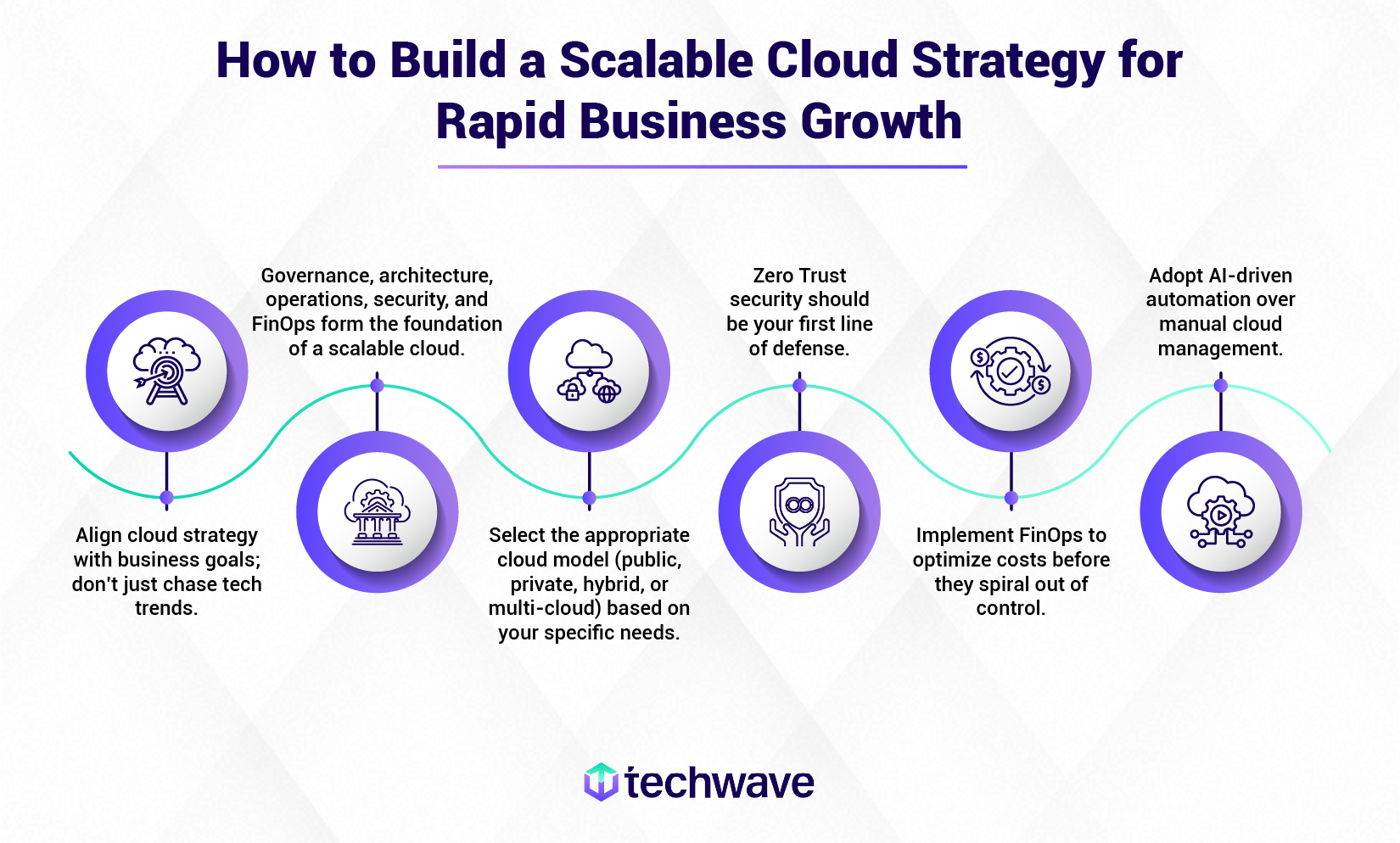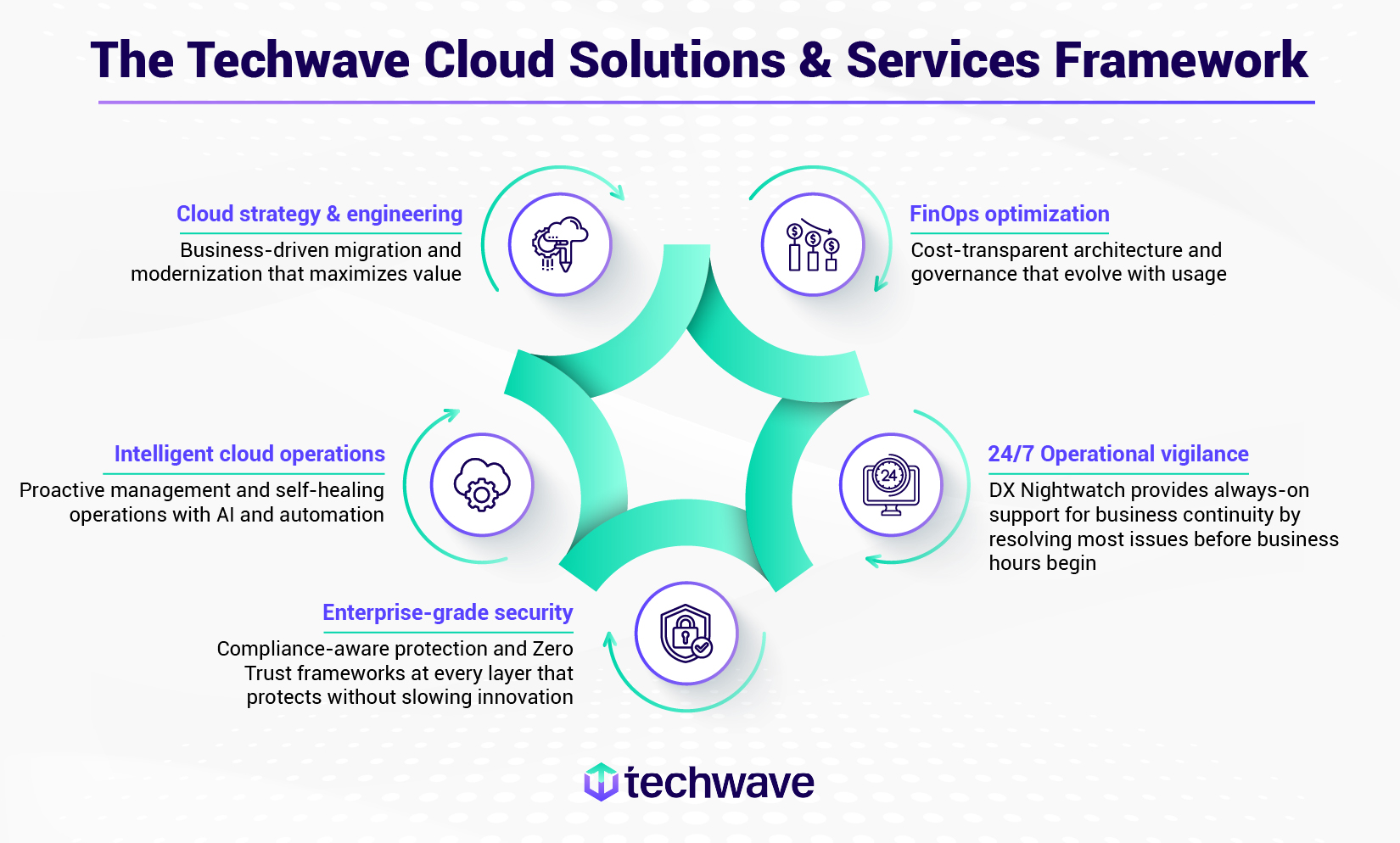
Most organizations on the cloud face a critical inflection point: When opportunity strikes, will your cloud infrastructure be your springboard or your anchor? 70% of enterprises prioritizing omnicloud’s scalability recognize this make-or-break reality.
Because in today’s market:
- Growth isn’t linear; it comes in surges, spikes, and sudden opportunities
- Infrastructure shouldn’t be a constraint; it should be your competitive accelerator
- Costs must scale intelligently, not exponentially
Without a truly elastic cloud strategy, you’re not just risking technical limitations – you’re also missing on revenue when your systems can’t handle traffic surges.
So, the real question is: When the time comes, will you control your scaling, or will it control you?
Consider Revolut, the UK fintech powerhouse. By 2025 (founded in 2015), they exploded to 25 million users. To manage this meteoric rise, they didn’t just use cloud as a support technology but embraced a cloud-first, automation-driven strategy with Google Cloud Platform (GCP). The approach enabled them to avoid the costly pitfalls of manual processes, over-provisioning, and regional fragmentation that stall most hypergrowth companies.
McKinsey projects Fortune 500 firms will realize a trillion-dollar value from the cloud by 2030, but with a caveat that enterprises should not just adopt the cloud, but architect it as a strategic scaling layer.
And for that to happen, enterprises must:
- Align infrastructure with business ambition (like Revolut’s cloud strategy mirrored their global expansion roadmap)
- Automate scalability; don’t just react to demand but anticipate it
- Treat compliance as code because scaling securely > scaling fast
With so much focus on scalability, it’s imperative to understand how to ensure your cloud strategy delivers it.
This blog delves into how to create a scalable cloud strategy by sharing best practices that help organizations achieve quick and sustainable growth through cloud adoption.
Six Best Practices to Build a Growth-Sustaining Scalable Cloud Strategy

1. Start with business-first strategic alignment.
The biggest mistake in cloud adoption is treating it as a tech upgrade instead of a business enabler. You need a business-first mindset to keep your cloud strategy focused, scalable, and transformational.
A truly scalable cloud strategy begins with clear business goals. Are you aiming for faster time-to-market, better customer experience, lower costs, or global reach?
Define what success looks like over the next 12–24 months, then build your cloud roadmap around those outcomes.
Identify what cloud strategies you may need (automation, real-time analytics, auto-scaling, reserved instances, multi-region deployment, edge computing, etc.) to achieve your organization’s goals.
Most importantly, track impact. But measure impact not only by technical metrics (like “We migrated 200 VMs”) but also by business results (like “We cut launch cycles from 6 to 3 weeks”).
If your cloud investments aren’t improving key metrics, it’s time to pivot.
2. Develop the cloud strategy framework with core pillars.
Rushing into the cloud without a solid plan or weak strategy framework often leads to rising costs, security gaps, and underperforming systems.
To build a truly scalable and future-ready cloud foundation, organizations must anchor their approach in five key pillars: governance, architecture, operations, financial management (FinOps), and security.
Governance: Define clear policies around workload placement, compliance, and access control.
Architecture: Design the right cloud architecture that fits your goals, whether it’s public, private, hybrid, or multi-cloud, ensuring it supports scalability, performance, and cost efficiency.
Operations: Make your operations resilient with built-in cloud monitoring, automated responses, and 24/7 support.
FinOps: Integrate FinOps from the start to ensure financial transparency, continuous cost optimization, and accountability across teams.
Security: Ensure that security is embedded into every phase (from planning to deployment) to proactively manage risks and protect data.
A cloud strategy built on these pillars sets the stage for sustainable growth, innovation, and long-term value.
3. Choose the right cloud deployment model.
Jumping into the cloud with a one-size-fits-all mindset, often defaulting to the biggest provider, can backfire.
Costs may spiral, performances may drop, and scalability may suffer when the deployment model doesn’t match actual business needs.
A Deloitte study found that 84% of businesses see improved scalability and 78% report better workload distribution with a multi-cloud approach.
- Leveraging microservices, containers, and serverless,
- Following an API-first approach, and
- Making use of cloud-agnostic tools (such as Anthos, Azure Arc, or HashiCorp) are a few good ways to future-proof your cloud strategy.
But how do you decide which cloud option to go with?
Dealing with unpredictable traffic? The public cloud offers auto-scaling to handle demand on the fly.
Targeting a global customer base? Multi-region deployment can be the best bet as it offers low latency and high availability.
Facing data sovereignty regulations? A private or hybrid cloud model gives you control and compliance.
Next, let’s quickly discuss the placement of workloads for the most optimized performance.
Latency-sensitive applications? You may need to stay on-prem or at the edge.
AI/ML workloads? These demand a high-performance GPU from hyperscale clouds.
Legacy systems? Containerizing them to increase portability and efficiency may be the best route.
The right cloud deployment model isn’t about choosing the biggest provider but about aligning infrastructure with business goals and designing for scalability from the start.
4. Implement robust security measures.
Cloud adoption brings flexibility but also introduces new risks that many companies discover the hard way.
In 2024, nearly half of the organizations reported experiencing a cloud data breach the previous year. Why, despite all the security measures? What’s behind all this?
It turns out that, as systems become more complex, the traditional trust but verify security approach isn’t sufficient.
To navigate around this, organizations of today need embrace the Zero Trust model where no user, device, or application is automatically trusted. Everything needs to demonstrate its safety before it can access sensitive information.
This can then be combined with robust Identity and Access Management (IAM) to ensure that only authorized individuals have access to the relevant data.
5. Ensure continuous cost control and optimization.
Ever felt surprised by your cloud bill at the end of the month? For those who know, it’s not surprising.
Many companies just implement the cloud and realize later that costs are spiraling out of control. That’s where FinOps practices come in.
Deloitte reports that FinOps-driven businesses can reduce cloud costs by up to 40%. To achieve that, one can start by setting a clear budget, tagging relevant resources, and leveraging tools (such as AWS Budgets, Azure Cost Management, or Kubecost) to keep an eye on every spent dollar.
According to IDC, 60% of companies believe their IT setup is due for an upgrade, and 82% are convinced their cloud needs a refresh. Why is that? Because the cloud isn’t something you can just set and forget.
It requires regular check-ins.
The timeline for that can be like three months, where you review your goals, workloads, and tools. Smart monitoring cloud solutions (such as AWS CloudWatch, Azure Monitor, or Google Cloud Ops Suite) can then be employed to keep everything in sight.
Keep an eye on trending and relevant technologies such as serverless computing or edge processing to gain a competitive advantage.
6. Use AI and ML to automate (wherever possible).
If you’re still managing cloud operations manually, you’re likely aware that it’s slowing you down and driving up costs.
Gartner predicts that by 2029, 50% of cloud computing power will support AI workloads, up from just 10% in 2025.
In other words, companies that overlook AI-ready cloud strategies now will likely struggle in the future. So, how can you prepare?
Investing in GPU-powered infrastructure with support for AI/ML, building a scalable data pipeline, and shifting to self-healing, automated architectures, are a few strategies that can work.
To further accelerate the automated process, businesses must:
- Use Infrastructure as Code (IaC tools like Terraform or AWS CDK) for fast and repeatable provisioning.
- Enable autoscaling to handle demand without manual effort.
- Build automated CI/CD pipelines with AI-driven testing and predictive maintenance.
- Let AI optimize resource placement and make real-time decisions based on live data.

Strategic Cloud Partner for Your Business Needs
Although these best practices sound promising in theory, they require specialized expertise to execute at scale.
Many teams struggle with inconsistent cloud strategies, where engineering lacks business context, security lags innovation, and costs spiral out of control without effective governance.
That’s why you need an expert cloud services provider to guide you through the journey.
Techwave designs cloud foundations that adapt to your business needs, combining elastic architecture, AI-driven automation, and cost-conscious engineering.
Whether you’re preparing for hypergrowth, global expansion, or unpredictable demand, we ensure your infrastructure scales without trade-offs in performance, security, or budget.
Techwave’s strong partnerships with major tech brands, including AWS, Microsoft Azure, and SAP, enable us to operate a state-of-the-art Cloud Center of Excellence that offers cutting-edge cloud solutions & services.
So, contact our cloud strategists to discuss how we can transform your cloud into a dynamic platform for scalability, resilience, and continuous optimization.
